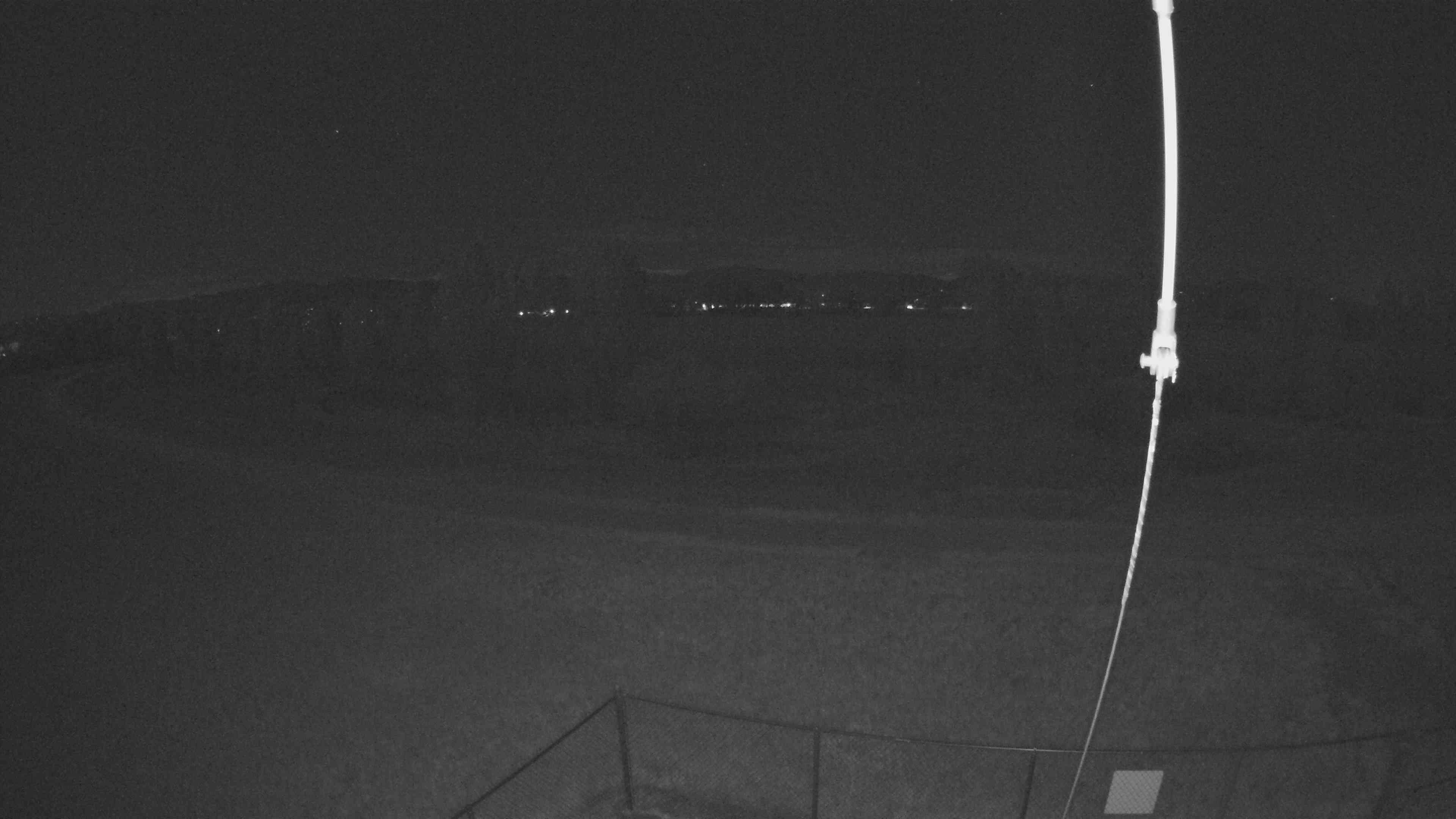Longmont, Colorado Weather Cams
Lykins Gulch (West of Longmont)

Union Reservoir Nature Area (East of Longmont)

Longmont ALERTWest cam
(Hint: scroll through terms to end, tick box and hit agree button to view image)
City of Longmont Webcams
75th Street & St. Vrain Road
Airport Road & Pike Road
Hover Street & 17th Ave
Hover Street & 3rd Ave
Hover Street & Ken Pratt Blvd
Main Street (US-287) & Ute Highway (SH-66)
Main St (US-287) & 17th Ave
Main St (US-287) & 9th Ave
Main Street (US-287) & Ken Pratt Pkwy
Main Street (US-287) & Jersey Ave
Pace Street & Mountain View Ave
Longmont, Colorado: A Tapestry of Ambition, Agriculture, and Innovation
Longmont, Colorado Weather Cams. Nestled against the backdrop of the Rocky Mountains, Longmont, Colorado, began its life as an audacious experiment in community planning. Established in 1871 by a group of enterprising men from Chicago, the town was founded by the Chicago-Colorado Colony, a group of about 300 people who dreamed of building a utopian agricultural settlement in the fertile plains of northern Colorado. What set Longmont apart from the outset was the method of its creation: unlike many frontier towns that emerged haphazardly, Longmont was meticulously planned with wide streets, irrigation ditches, and plots designated for homes, farms, and businesses.
The town’s name paid homage to the towering Longs Peak, which looms above to the west and was named for Major Stephen H. Long, an explorer who surveyed the Front Range in the early 19th century. Longmont’s prime location—close to the St. Vrain River and nestled within the shadow of the Rockies—offered rich soil and a moderate climate, ideal for farming. By the late 1800s, Longmont had developed into an agricultural powerhouse, producing sugar beets, barley, and wheat. The arrival of the Colorado Central Railroad in 1873 further fueled this prosperity, linking Longmont to Denver and Boulder and enabling local farmers to ship their products beyond the region.
Sugar beet cultivation became particularly transformative. In 1903, the Great Western Sugar Company opened a processing plant in Longmont, attracting a wave of immigrant laborers from Eastern Europe, Mexico, and Japan. This influx of cultures helped shape Longmont into a diverse, multilingual community, while also laying the groundwork for the town’s enduring focus on hard work and enterprise.
Through much of the 20th century, agriculture remained the bedrock of the local economy. However, the post-World War II era began to usher in significant change. Improved transportation, expanding educational opportunities, and suburban growth along the Front Range transformed Longmont from a rural enclave into a vibrant regional hub. The construction of the Twin Peaks Mall in 1985 and the development of several high-tech parks signaled a broader economic shift.
Longmont’s location within Boulder County—a hotbed for technology and scientific research—brought new industries into town. IBM established a presence nearby in the 1960s, and later, tech companies such as Seagate, Intrado, and DigitalGlobe (now part of Maxar Technologies) found homes in Longmont, lured by the availability of skilled labor and proximity to Boulder, Denver, and the University of Colorado. This period also marked a transition in identity, as the city worked to balance its agrarian roots with a modern, knowledge-based economy.
Historic preservation efforts also took shape, including the revitalization of downtown Longmont and the adaptive reuse of legacy buildings. Main Street, once filled with feed stores and general shops, became a lively corridor for art galleries, breweries, boutiques, and cafés. The Dickens Opera House, originally constructed in 1881, was restored and once again became a cultural centerpiece. These efforts helped the city maintain a strong sense of place, even as it modernized.
Meanwhile, the surrounding region—particularly the St. Vrain Valley—mirrored Longmont’s evolution. Towns like Lyons, Hygiene, Niwot, and Mead have maintained their own distinct characters while being increasingly connected to Longmont’s economic and cultural orbit. To the west, the sandstone cliffs and ponderosa forests of the foothills offer a dramatic natural contrast to the engineered irrigation channels that thread through the plains. Recreational access to places like Rabbit Mountain and Hall Ranch bolsters a growing outdoor culture.
Environmental stewardship has also become a defining feature. Following the catastrophic 2013 Colorado floods—which hit Longmont and neighboring communities hard—the city invested heavily in infrastructure upgrades, floodplain restoration, and emergency preparedness. These initiatives reflected a renewed commitment to resilience in the face of a changing climate.
In recent years, Longmont has continued to invest in innovation. In 2014, it launched NextLight, a community-owned gigabit internet service that made Longmont one of the first cities in the country to offer ultra-high-speed fiber internet. This infrastructure leap helped attract entrepreneurs, remote workers, and creative professionals seeking the blend of small-town charm and 21st-century connectivity.
Longmont’s demographic has become increasingly diverse, with nearly 25% of its population identifying as Hispanic or Latino. Cultural festivals, bilingual education programs, and a strong tradition of civic engagement have helped weave this diversity into the fabric of city life. The Museum of Art & History, the Firehouse Art Center, and annual events like the Día de los Muertos celebration serve both as educational platforms and as community-building spaces.
Today, Longmont stands as a dynamic example of how a town rooted in 19th-century optimism can adapt to 21st-century challenges. With its blend of agricultural heritage, cultural richness, and technological ambition, Longmont continues to evolve—shaped by both the grandeur of Longs Peak and the grounded resilience of those who call its plains home.
For more information, visit the Longmont, Colorado official website.
